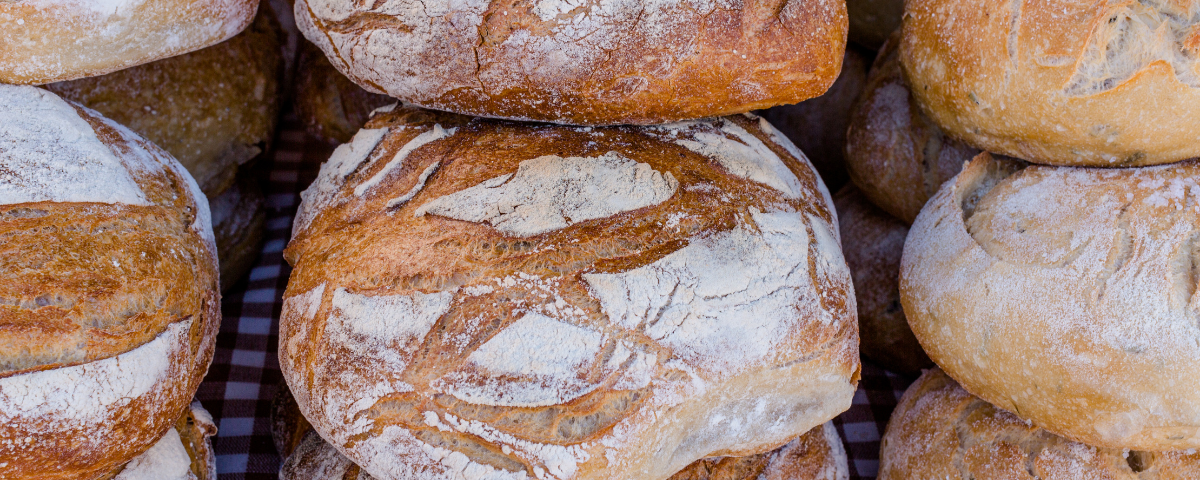Before you can bake sourdough bread, you need to get a starter. It sounds complicated, but a starter is simply a jar full of yeasts and bacteria that are responsible for making your bread rise.
Knowing More about Sourdough
What is sourdough, and how do you start a sourdough starter? Let us start with the basics.
Sourdough is a special type of dough that develops its own cultural imprint when it is allowed to ferment for at least 24 hours at room temperature. The process turns it from a liquid into a semisolid, meaning it is still too liquid to turn into bread, but the kneading process produces a new kind of gluten that makes the dough stretchy and pliable. It develops a distinctive sour flavor as it ferments for a few days.
A sourdough starter is a bacteria found in the sourdough that causes your dough to rise. It is also known as sourdough culture, wild yeast, and lactobacillus acidophilus. It is important for you to have a healthy starter in order for your bread to rise properly.
Kinds of Sourdough
Sourdough bread is an interesting and enjoyable bread, but there are a lot of tricks to successfully starting a sourdough. For example, use a combination of flour and water to create a starter. This allows you to use a portion of the starter for baking your bread. Anybody can start a sourdough, right? Just mix some flour, water, and starter, dump it all into an oven, and bake it. But that’s not sourdough.
Sourdough starters are very simple organisms that are used in bread-making. They are so simple, in fact, that it is difficult to understand how they produce the wondrous bread that we love. There are many different kinds of sourdough starter, but the most common is the levain and the poolish. Levain is a mixture of flour and a bit of yeast. Poolish is a mixture of flour and water. The reason that sourdough is called sour is that it is “sour” in flavor.
Starting a Sourdough
Starting a sourdough starter is not as difficult as it might seem, but making sure you have the right ingredients is important. It is important to remember you are not starting a new food so much as beginning a culture. This process takes time, patience, and knowledge.
The process of creating a sourdough starter involves a set of specific steps, but the overall process can be broken down into a few basic steps:
- Start with a starter, like using your starter from the refrigerator or freezer or buying a starter online. That would be the case, but if you want to find the wild one, you need to start with some flour and water, as wild yeast is very sensitive to temperature. Mix the ingredients in a non-metal bowl.
- After mixing the mixture, enclose the bowl in a cloth or plastic bag and put it somewhere cool, out of the way, for two to three days.
- Keep the starter covered and in a warm place, and feed it every 2-3 days. Feeding it means adding fresh flour and water. This can take a while to get going but will pay off in the long run.
- Next, use this starter to make your first loaf. After that, you can experiment with different recipes.
The key to getting a good consistency is to keep both the time and the temperature on the lower side of the recommended ranges. The starter is made from flour, water, and a combination of flour and water, and then it is left to sit overnight or longer. The first time you do this, it will be very active, and it will take some time to get used to controlling the starter, but it will become one of your greatest assets later on.
Conclusion
The challenge of starting your own sourdough bread is that there are many different ways to do it. Whether you are interested in making a loaf of bread, a whole wheat loaf, or just a loaf of bread, many different sourdough recipes are out there. But, there is a right way and a wrong way to start a sourdough starter. Doing it wrong can result in a starter that doesn’t work well, but doing it wrong can also result in a starter that isn’t even worth starting because the results aren’t great.

